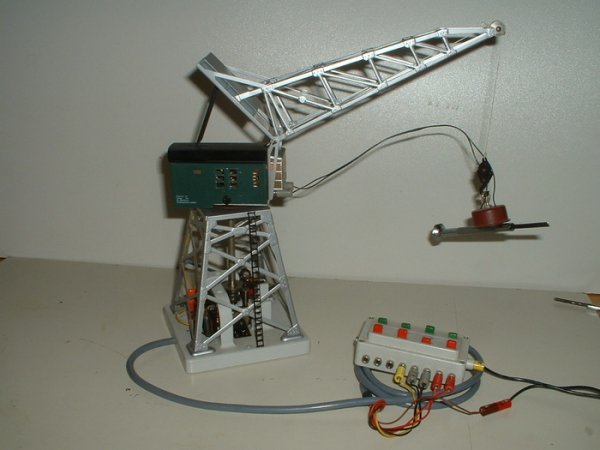Methods for calculating magnetic fields
There are many types of tasks for calculating magnetic fields. In addition to tasks for determining the inductance of circuits operating in a magnetic field, there are also tasks for calculating magnetic fields in complex ferromagnetic structures, tasks for distributing currents in a certain volume to obtain a magnetic field with a given intensity, etc.
Methods for calculating magnetic fields can be divided into analytical, graphical and experimental. Methods for calculating magnetic fields can be divided into analytical, graphical and experimental. Methods for calculating magnetic fields can be divided into:
-
analytical;
-
graphical;
-
experimental.

Analytical methods use the integration of Poisson's equations (for areas where current flows), integration of Laplace levels (for areas not occupied by currents), the method of mirror images, etc. In the case of spherical or cylindrical symmetry, the formulas for general operating laws are used.
In the presence of magnetized media, the problems can be solved using both scalar and vector magnetic potentials. If the free currents are outside the volume of interest to us, it is best to solve the problem using scalar potentials. In this case, the boundary conditions are expressed by a scalar potential.
To calculate the magnetic field in a continuous ferromagnetic medium, a method based on the similarity of the magnetic field equations to the equations of direct current in a conductive medium is used. However, the method is valid under the same boundary conditions, which is usually not the case.
In fact, while the electrical conductivity of the space around the wires is zero, there are no insulators for the magnetic flux and the leakage of flux parallel to the individual elements can be significant. The higher the magnetic permeability of the magnetic circuit, the fewer errors are obtained.
Despite the convergence of the results, the representation of the flow path in the form of a magnetic circuit is the basis of the design of electrical machines and equipment, as it enables calculations to be made in cases where the solution of the problem by general methods is practically impossible.
A complication in the calculations in the presence of ferromagnetic substances is introduced by the non-linear dependence of the magnetic permeability on the field strength. If this dependence is known, then the problem is solved by the method of successive approximations.
First, a solution is found assuming that the permeability value is constant.Then, after determining the permeability at various points of the magnetic circuit, the problem is solved again, taking into account the corrections for the value of the magnetic permeability. The calculation is repeated until the permissible deviations of the values of the magnetic field strength or the magnetic induction from those specified are obtained.
Analytical methods, due to the difficulties of a mathematical nature, make it possible to solve a very small set of problems. In cases where calculating the field by analytical methods is difficult, resort to graphical construction of the picture of the field. This method can be used to calculate two-dimensional rotation fields.
In very difficult cases, especially with spatial fields, they resort to an experimental study of the field, which consists in determining the induction at individual points of the field by one of the methods of measuring this quantity.
A simulation using current fields in a conducting medium is also used. This simulation is based on the analogy between a field in a conducting medium and a eddy magnetic field.
The simplest qualitative study of the magnetic field is performed by determining the field pattern using steel shavings cast on a flat sheet of non-ferromagnetic material, or using iron oxide powders suspended in a liquid such as kerosene. The latter method is widely used for magnetic detection of defects in steel products.
In the future, on the «Useful for an electrician» site, we will consider several typical tasks for calculating magnetic fields: calculating the field of an electromagnetic ball in a uniform magnetic field in vacuum (in air), a method of using the method of mirror images for calculating magnetic fields , examples with calculations of various magnetic circuits.
See also:
What is the calculation of magnetic circuits for?
Magnetic field of the current-carrying coil
Principles of measuring magnetic fields, instruments for measuring magnetic field parameters

